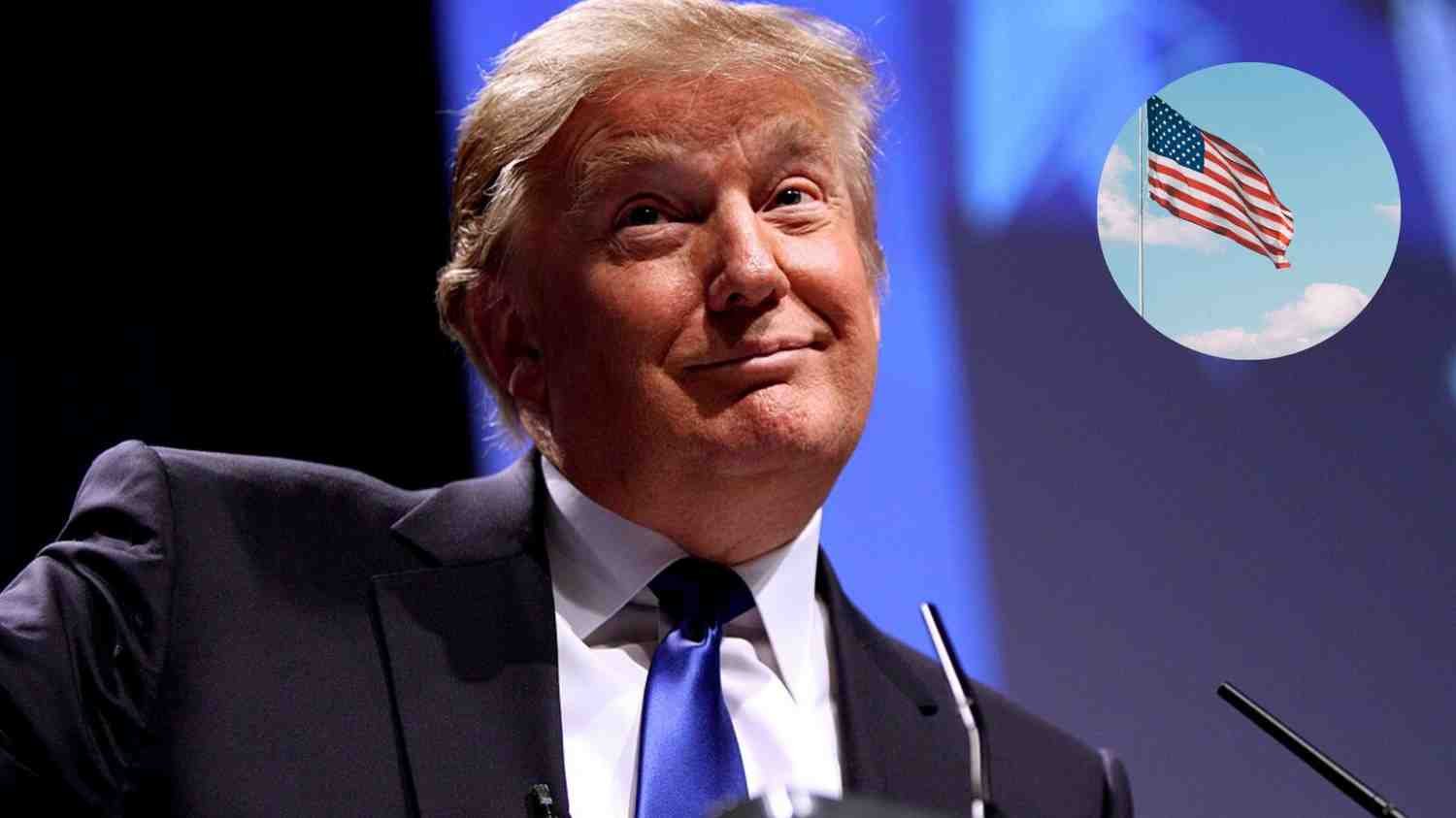Here’s a deep dive into the recent changes to the U.S. H-1B visa program under President Trump, what exactly has shifted, and what this means — especially for tech, international applicants, and countries like India.
What Exactly Changed — Key Updates
As of September 19, 2025, a new executive order mandates a $100,000 annual fee for companies sponsoring H-1B visa applications.
This steep fee is not replacing the old registration and processing fees — it’s in addition.
The rule takes effect starting September 21, 2025.
Clarifications followed: current H-1B holders and renewals (for visas issued before that date) are not immediately subject to the $100K fee.
It affects new applicants, particularly those applying from outside the U.S. or for new petitions.
Why It’s Happening — Trump’s Rationale
The administration claims that the H-1B system has been widely abused, especially by outsourcing or staffing firms, undercutting domestic wages and jobs.
Part of a broader effort: tightening legal immigration, boosting domestic hiring, and pushing companies to train U.S.-based talent.
Also tied to “national interest” exceptions: certain industries or roles might be granted exemptions if deemed vital.
Immediate Impacts — Who’s Hit the Hardest
Tech companies that heavily rely on H-1B workers (especially from India and China) are under pressure. They might reduce hiring from abroad or rethink migration strategies.
Indian nationals are particularly affected: over 70% of the 400,000+ H-1B visas granted in 2024 went to Indians.
Smaller firms or startups may find the $100,000 burden prohibitive. It could choke off talent pipelines for mid-tier or less well-funded players.
Families of H-1B holders face disruption, especially for dependents (H-4 visa) when the holder is outside the U.S., or for international travel during this transition period.
Potential Longer-Term Effects & Risks
A drop in H-1B applications is likely. Some reports already show a ~25% fall in FY26 applications.
This could reduce competitive advantage for U.S. firms that depend on global talent—slowing innovation in areas like AI, biotech, cloud computing, etc.
Talent may shift: foreign skilled workers could favor countries with more predictable visa/talent-entry norms (Canada, Australia, EU). U.S. could lose “best and brightest” if barriers get too steep.
Legal challenges are possible. Immigration and visa fee structures typically involve Congress; executive orders on fees might be litigated.
What Can Be Done — Advice for Applicants & Employers
Employers should audit existing staff and upcoming hiring plans: can some roles be filled locally? Are there exemptions (industries, national interest) that apply?
Applicants outside the U.S. or with pending applications — explore whether moving quickly before the new fee becomes enforceable might help.
Consider alternate visa routes: O-1, EB categories, or country-specific visas that aren’t penalized by the new order.
Stay updated on rule-making: this kind of order often triggers public comments, clarifications, possible rollback or modifications. Being informed allows better planning.
Verdict — Bigger Picture & Strategic Takeaways
The latest H-1B changes reflect a shift toward more restrictive immigration policy, with a clear priority for domestic workforce protection. These measures aren’t just tweaks; they reshape how U.S. companies think about hiring foreign talent and how global candidates view the U.S. as a workplace destination.
Many will argue the high fee could choke demand more than policy itself, possibly hurting U.S. innovation more than helping protect domestic workers. On the flip side, it might drive structural shifts — outsourcing patterns, company hiring strategies, and investment in U.S. educational systems.

